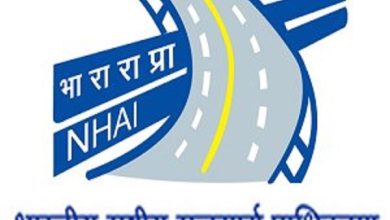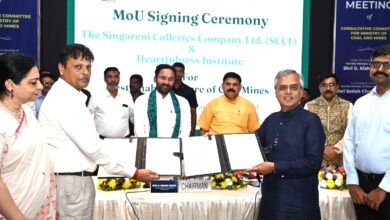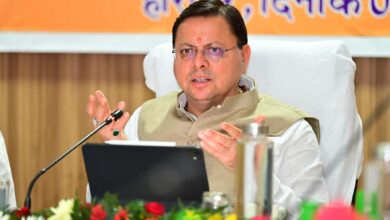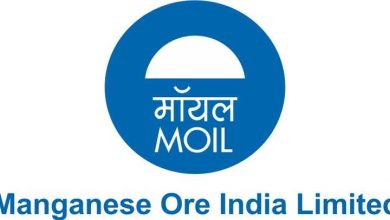Namami Gange Mission To Achieve Important Milestone Upon Completion Of Phase II By Adding 3,108 MLD Of Sewerage Capacity
Namami Gange Mission has played unprecedented role in Ganga Conservation
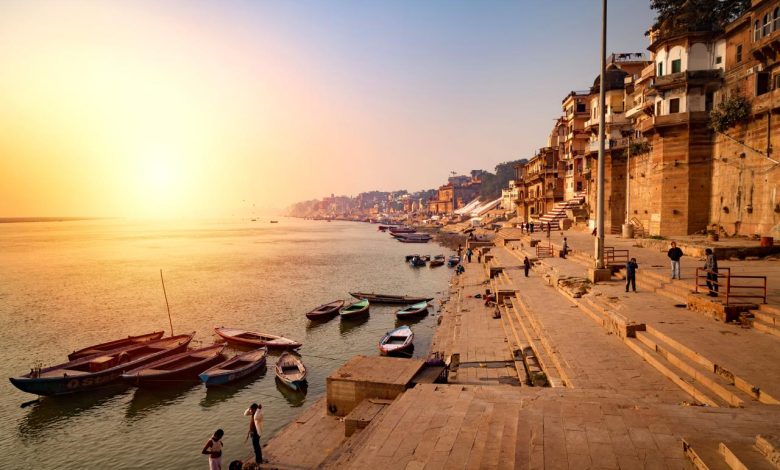
BY RATNESH RAI
The Namami Gange programme, initiated in 2014, has made remarkable progress in rejuvenating the Ganga river. The programme’s multi-faceted approach has led to significant improvements in sewage treatment capacity, water quality, and biodiversity.

Key Achievements
Increased Sewage Treatment Capacity
- Initial Capacity (2014): 1,221 MLD
- Current Capacity (Post Phase I): 3,110 MLD
- Projected Capacity (Post Phase II): Additional 3,108 MLD
- Infrastructure Expansion Example: Varanasi’s STP capacity increased from 100 MLD in 2014 to 450
- MLD, with an additional 55 MLD STP under construction.
Water Quality Improvements
- Dissolved Oxygen (DO): Now meets primary bathing water quality standards along most of the river’s stretch.
- Biochemical Oxygen Demand (BOD): Levels within acceptable limits, with minor exceedances in certain areas of Uttar Pradesh.
- Faecal Coliforms (FC): Reduced to prescribed standards through advanced sewage treatment technologies.
Biodiversity Restoration
- Enhanced Aquatic Life: Significant improvements in the populations of Gangetic dolphins, otters, and turtles.
- Ecosystem Restoration: Better water quality and infrastructure improvements have positively impacted the Ganga basin’s biodiversity.
Industrial Pollution Control
- Common Effluent Treatment Plant (CETP) in Kanpur: A 20 MLD CETP, the largest for the tannery sector in India, addresses industrial effluents.
- Rigorous Inspections: Improved compliance with environmental regulations among grossly polluting industries.
Comprehensive Approach
The Namami Gange programme’s success is attributed to its holistic approach, combining advanced sewage treatment technologies, stringent industrial regulations, and extensive infrastructure development. The programme has focused on future-proofing its sewage treatment infrastructure to accommodate projected growth over the next 15 to 30 years.
Financial and Project Scope
- Total Projects Approved: 465
- Total Cost: Rs. 38,696 crores
- Scope: Spanning small rivers, tributaries, and the main stem of the Ganga.
Expert Insights
Dr. Vinod Tare, a professor at IIT Kanpur and founder of the Centre for Ganga River Basin Management and Studies (cGanga), highlights the efficacy of the technologies adopted for sewage treatment. These technologies have not only treated faecal coliforms to prescribed standards but also resulted in significant improvements in aquatic life within the Ganga basin.
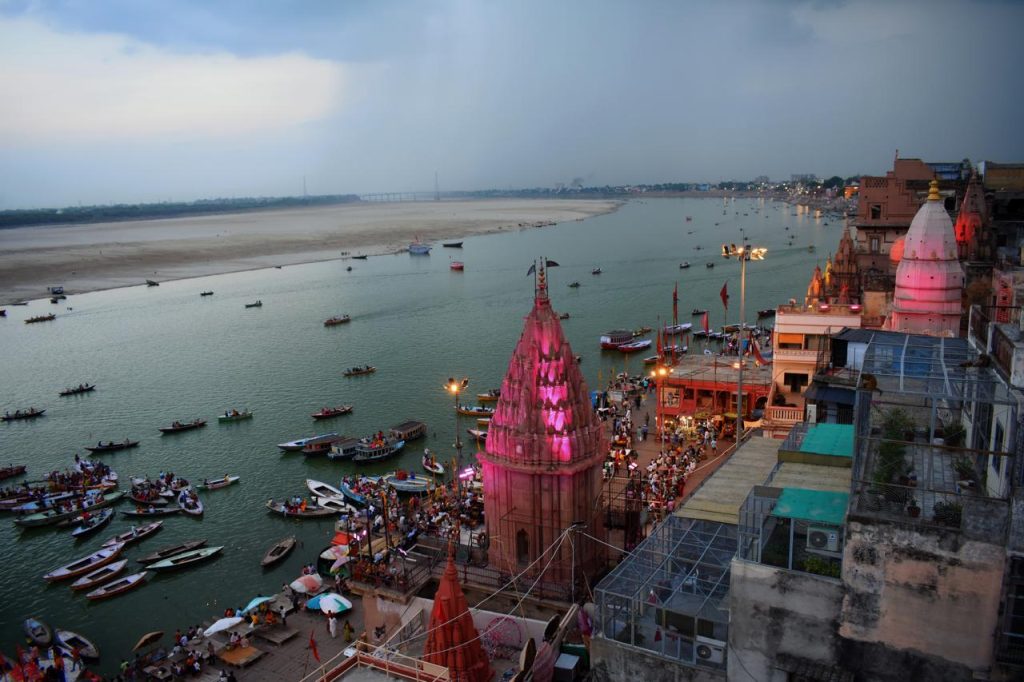
Conclusion
The Namami Gange programme is becoming a global model for river rejuvenation. Its comprehensive approach and dedicated efforts have led to substantial environmental and infrastructural improvements, demonstrating how multi-sectoral interventions can effectively address complex ecological challenges. The programme’s success over the past decade underscores its potential to inspire similar initiatives worldwide.

